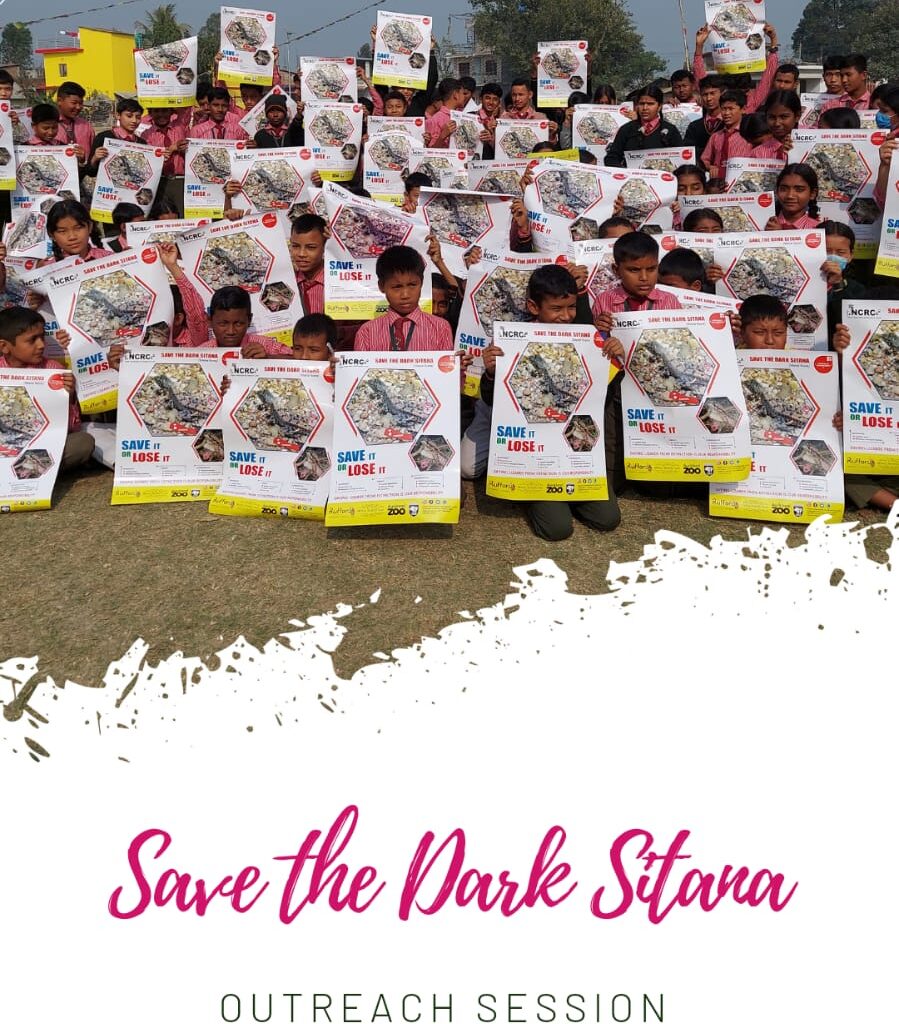With Reference to notice announced on 11 November, 2024 for the student research proposal for “Dipendra Adhikari Memorial Conservation Grant” announced by Nepal Conservation and Research Center; this is to notify that the following candidate has been selected for the grant:
| S.N. | Name of the candidate | Affiliation | Research Topic | Level |
| 1. | Ritika Pathak | Golden Gate International College, Kathmandu | Habitat Selection and Diet Composition of Striped Hyaena in Deukhuri Valley, Dang, Nepal | M.Sc. |
| Candidate in waiting | ||||
| Roshani Acharya | Degree Campus, Department of Zoology. Biratnagar | Studies on proximate composition of some small indigenous fish species of Singhiya and Keshaliya Rivers of Morang district, Nepal | M.Sc. | |
The above successful candidate is requested to contact Nepal Conservation and Research Center (at ncrc.research@gmail.com) within 15 January 2025. If the successful candidate is not able to contact, then the candidate in waiting list will be awarded.

Declaration: This memorial grant was possible from generous support of Dipendra’s friends and conservationists from Nepal and abroad. NCRC would like acknowledge all the supporters to make this happen.








